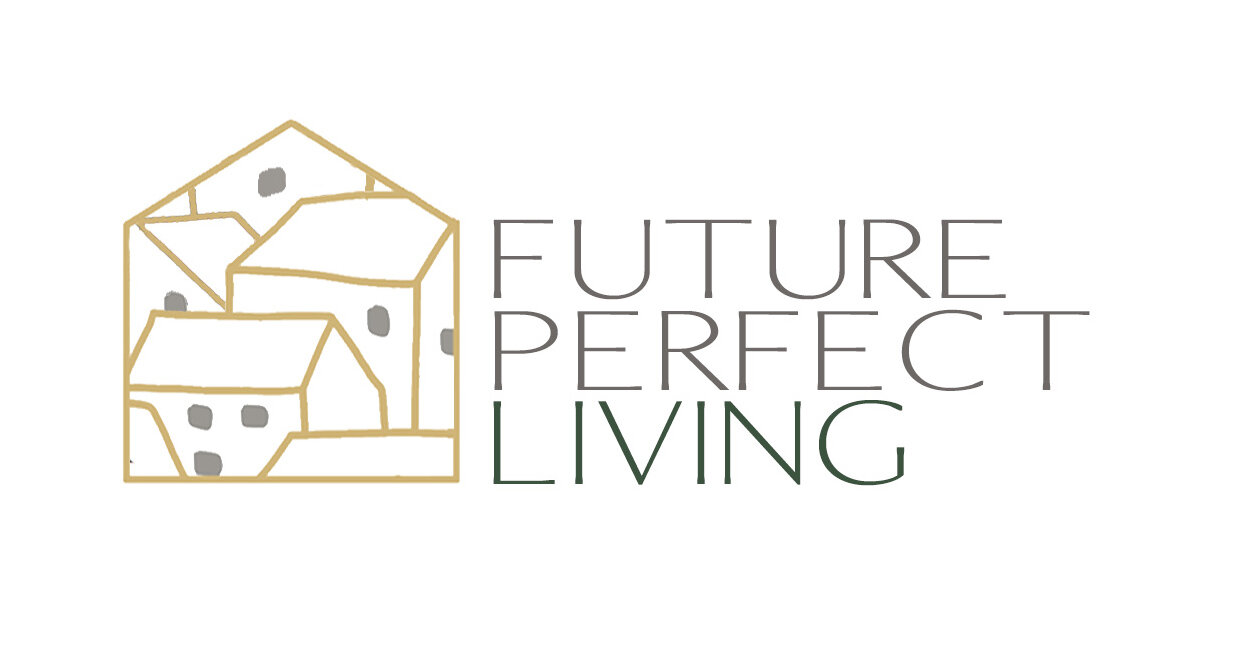innovation & affordability in senior housing
Housing and community products for the older adult customer have changed very little over the last 40 years. Many multi-family and mixed-use developers entering this large and growing market have taken their lead from traditional senior living operators resulting in more iteration than innovation. Partnering with the senior living industry in the development of new housing products for today’s older adults is akin to partnering with IBM for a new mobile tech platform.
The traditional senior living model is unaffordable to most and a questionable value proposition to many others. The industry understands this and would like to find a way to attract the largest segment of their market, middle income older adults. A significant barrier in the quest for more affordability is the current operation model. Senior living communities typically provide a full range of services including meals, activities, transportation, and supportive care. This requires a large staff and numerous amenity spaces which together result in the high monthly fees. While a la carte services are now being explored, and are more in line with today’s market preferences, this will require a revamping of operational systems to bring about lower monthly fees.
Those interested in developing more affordable housing products for the older adult customer may want to take the lead from Co-living companies who are innovating with multi-family housing linked to technology and creating affordable community housing options for their millennial cohort. Could a housing and community product designed for millennials be adapted for active older adults? There are actually many similarities between millennial and boomer lifestyle preferences, particularly in the active older adult (55 to 75) segment of the market.
Co-living communities are typically found in urban locations with unit counts ranging between 15 and 350. They offer small units for rent with shared amenity spaces. Most importantly, especially for the older adult market, they include community services and activities. In fact, community is a signature value and benefit they offer millennials in today’s isolating online culture. We now know how vital community is to health and well-being as we age. Research has shown that social isolation accelerates physical, mental and emotional decline.
What about future care and supportive services in a co-living community designed for active older adults? It is possible needs could be met through partnerships with home care and other ancillary service providers. A co-living community could be part of a mixed-use village or neighborhood that includes health care and wellness service providers. These villages or neighborhoods could be multi-generational. Perhaps at some point residents will move to a more care-oriented housing option within the village or neighborhood. There are many possibilities to explore, but one thing is certain, long held assumptions and traditional ways of thinking about life in older adulthood must change if we are going to find solutions for what is now the longest stage of life.
